W.S Mount, William Moore Davis and Leon Foster Jones There are three famous painters in the area where I live. They are W.S Mount, William Moore Davis and Leon Foster Jones. William Sydney Mount, in particular, was a painter known enough to have a school named after him in the neighborhood. In most cases, when people are named after a school or building, they are given the name of a businessman, a politician, or someone who has had a financial and honorable influence , social contribution or large portion of donation. However, it was very impressive to me that the school was built in the name of an artist who only painted in the area and died while living there. William Sidney Mount (November 26, 1807 – November 19, 1868) was a 19th-century American painter. I was born in Setoket, Long Island, where I live in 1807. He painted portraits, landscapes and scenes inspired by everyday life until his death at the age of 60. And he spent most of his life in Stony Brook. 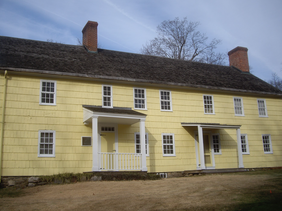 image: Wikipedia image: Wikipedia His house is on the way to the Millspond Gallery where I am registered. The house where he was born and dedicated his life is now a historic house at 1556 Stony Brook Road in Stony Brook, New York. Built in 1725 and enlarged in 1810, it was designated a National Historic Landmark in 1965 as the lifelong home of artist William Sidney Mount (1807–1868). The house is now owned by the Long Island Museum and is occasionally opened for tours. As he lived his daily life, he simply painted the beauty of the surroundings and precious records of everyday life. In short, he was the first American-born artist to specialize in genre painting. Mount was also well versed in music. He played and composed the violin himself, and he designed, made and played the violin in his own way. Perhaps that's why many of his paintings feature many people dancing and playing the violin in an idyllic setting. Ms. Johnson, former chief curator of the Museums at Stony Brook and now their new chief executive and president told about him. Unlike many of his contemporaries, Mount opted not to study in Europe. "He bucked prevailing fashion, opted to paint the everyday man," Ms. Johnson said, adding that the storytelling quality, the appeal of the common man and the highly personal documentation made what he was doing radical in his day. William Sidney Mount was one of the first American artists to consistently, and with a focus, paint everyday people," she said. "His images became symbolic icons of America." Among the famous painters of the area, William Moore Davis was one of the painters who were greatly influenced by Mount. He was an American painter best known for his landscapes. A native of Long Island, he spent most of his life near Port Jefferson and has been praised as the greatest painter of that village. He was born on May 22, 1829 in Setauket, Long Island, New York. Davis worked as a boy in the shipbuilding industry in Port Jefferson, where he devoted himself to painting. Aside from living a few years in New York City, Moore has spent his life in the Brookhaven area of northwest Long Island. Especially the Baptist church he painted..is one of the historical buildings in the area. The church was built by Congregationalists and sold to the Baptists in 1861. The steeple was a landmark for captains looking for the customs house located in front of the church from the mid to late 1800's. (by Information courtesy PJ Historical Society) Reference: https://www.nytimes.com/1993/05/02/nyregion/artist-s-homestead-restored-with-care.html And then another local popular artist, Leon Forster Jones was an American landscape painter, etcher, lithographer, and teacher. Born in Manchester, New Hampshire, the son of Mary A. Jones (1846-1916) and Frank A. Jones (1840-b. 1910). His father was the overseer in one of the hosiery mills located in and about Manchester. He married his wife, Josephine Currier (b. 1876), around 1901. During the early years of their marriage he and his wife lived in Concord, New Hampshire. They settled permanently in Port Jefferson, Long Island, New York in 1910. What all three artists above had in common was that they lived in the same area for a long time and loved, observed, and expressed affection for that area. And they valued their own life and a daily life and recorded it in detail. These everyday and ordinary records are also a good source of information about the lifestyle, attitude, and values of that era. And above all, the daily life they loved remains as an art itself, moving many people.
2 Comments
|
Myungja Anna KohArtist Categories
All
Archives
July 2024
|
Proudly powered by Weebly

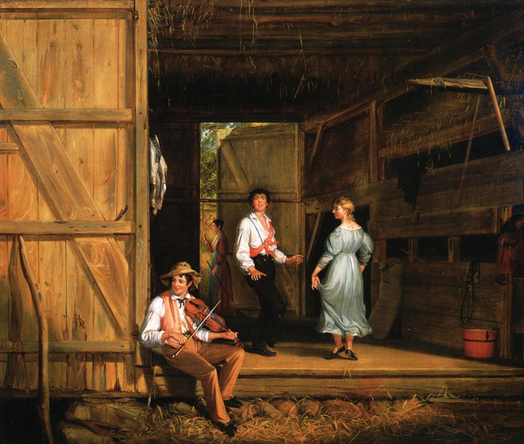
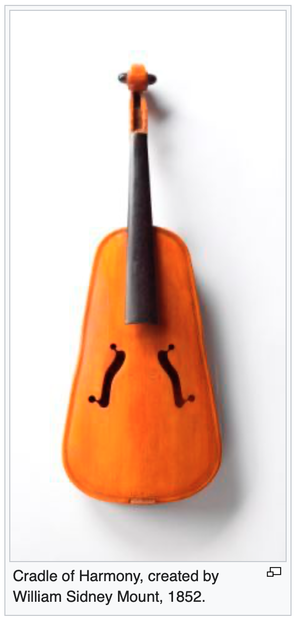
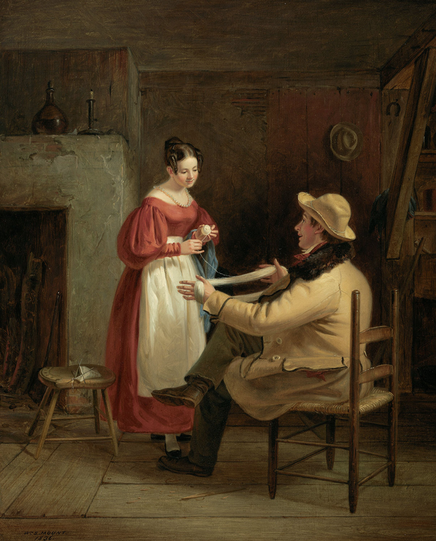
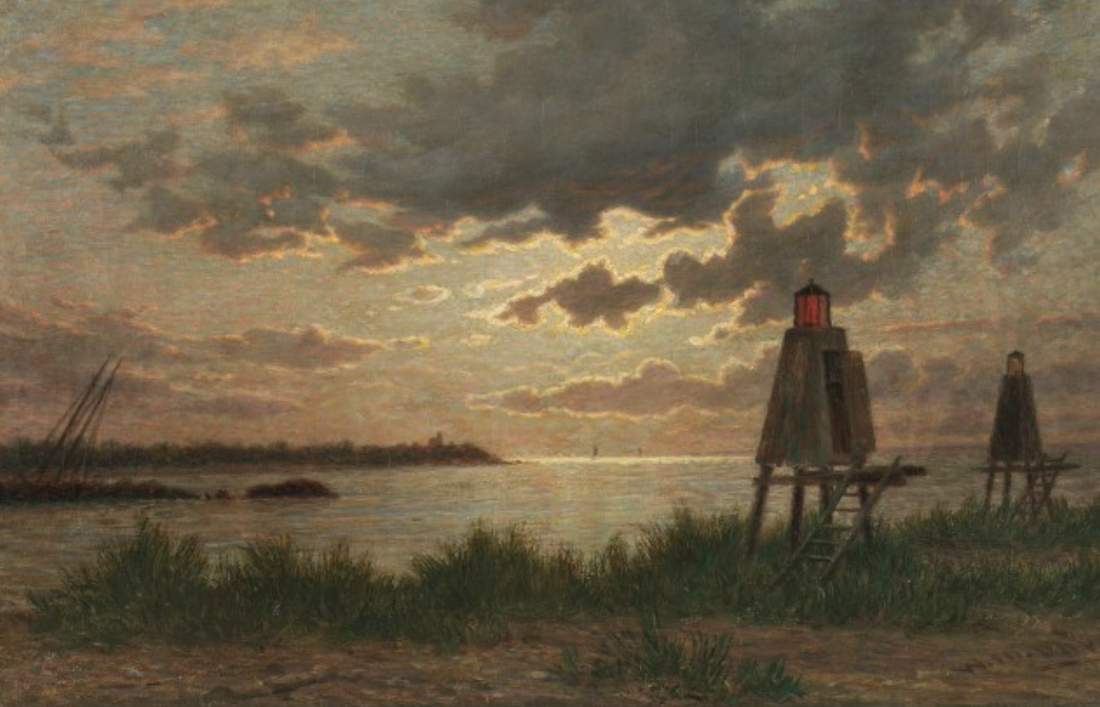
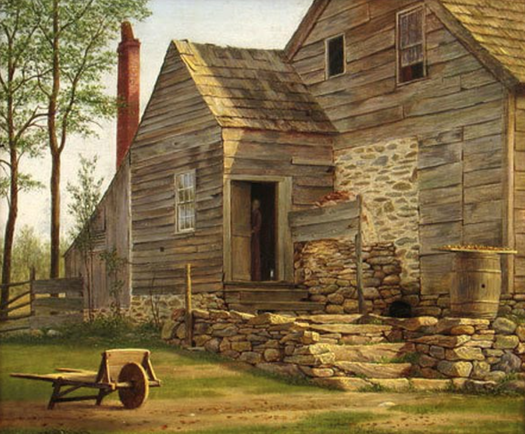
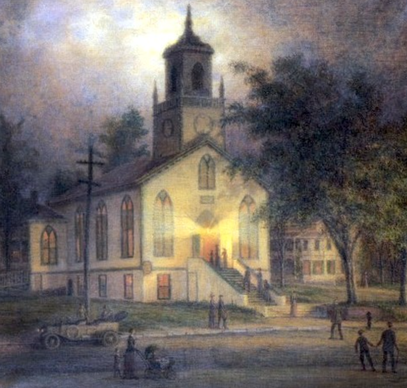
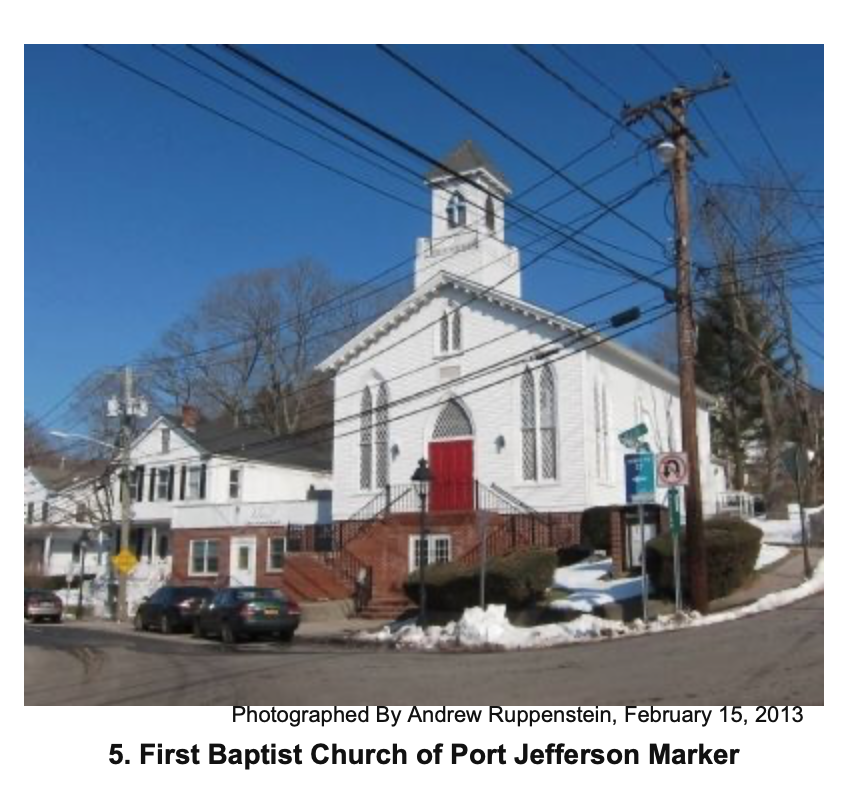
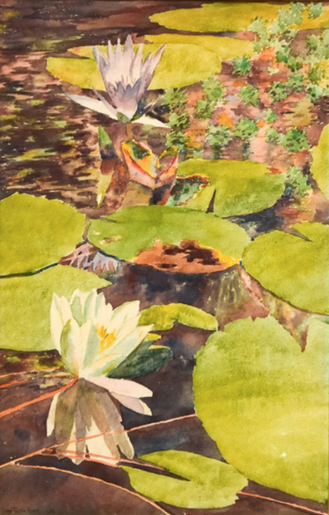
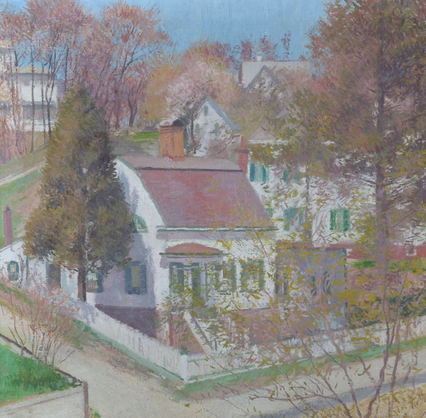
 RSS Feed
RSS Feed